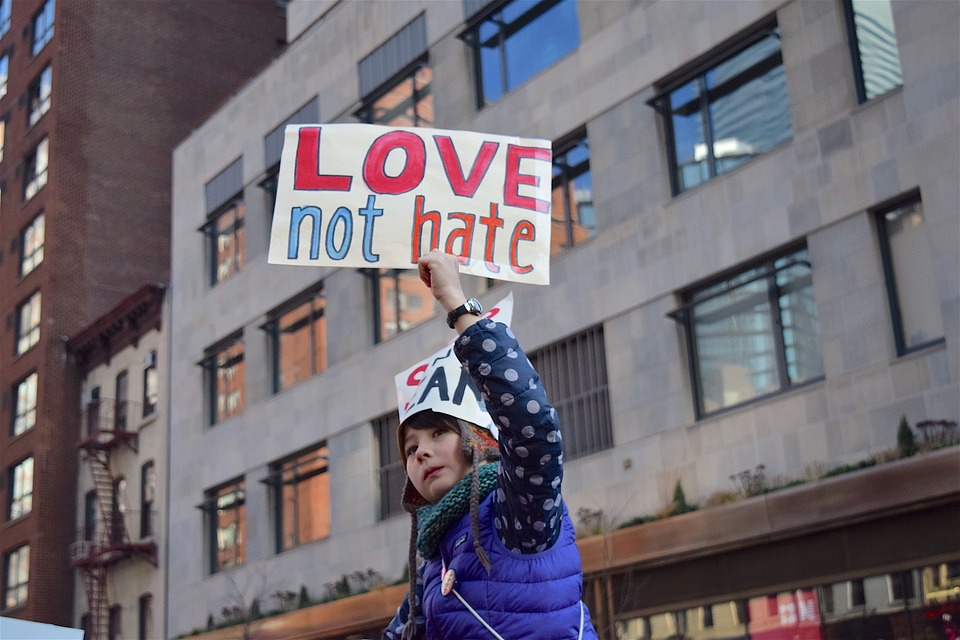WHO and UN Women launch RESPECT
Violence against women is preventable and policy-makers can play a critical role in this regard. We know more than ever before about what works to prevent violence against women.
About 1 in 3 or 35% of women worldwide have experienced either physical and/or sexual violence by an intimate partner or non-partner sexual violence in their lifetime, according to global estimates by the World Health Organization (WHO).
Violence against women (VAW) has devastating costs and consequences on individuals, communities and societies. It is a major public health problem and a violation of women’s human rights. It is rooted in gender inequality and an impediment to sustainable development.
Violence adversely affects women’s physical, sexual and reproductive, and mental health
Intimate partner violence and sexual violence can lead to unintended pregnancies, induced abortions (often conducted in unsafe conditions), and sexually transmitted infections, including HIV. Intimate partner violence also increases the likelihood of miscarriage, pre-term births and low birth-weight babies when it occurs during pregnancy. Women subjected to violence are also at a higher risk of depression, anxiety disorders, alcohol use and attempted suicide.
The RESPECT women framework
WHO with UN Women, together with, the Office of the High Commissioner for Human Rights (OHCHR), United Nations Development Programme (UNDP), United Nations Population Fund (UNFPA), United Nations Office on Drugs and Crime (UNODC), the Government of the Netherlands, Swedish International Development Cooperation Agency (SIDA), UK Aid, United States Agency for International Development (USAID) and the World Bank Group have developed have developed RESPECT women: preventing violence against women – a framework aimed primarily at policy-makers.
The framework contains a set of action-oriented steps that enables policymakers and health implementers to design, plan, implement, monitor and evaluate interventions and programmes using seven strategies to prevent VAW. The strategies are summarized in R.E.S.P.E.C.T, with each letter representing one strategy.
R – Relationship skills strengthened. This refers to strategies to improve skills in interpersonal communication, conflict management and shared decision-making.
E – Empowerment of women. This refers to economic and social empowerment strategies including those that build skills in self-efficacy, assertiveness, negotiation, and self-confidence.
S – Services ensured. This refers to a range of services including health, police, legal, and social services for survivors of violence.
P – Poverty reduced. This refers to strategies targeted to women or the household, whose primary aim is to alleviate poverty.
E – Environments made safe. This refers to efforts to create safe schools, public spaces and work environments, among others.
C – Child and adolescent abuse prevented. This includes strategies that establish nurturing family relationships.
T – Transformed attitudes, beliefs and norms. This refers to strategies that challenge harmful gender attitudes, beliefs, norms and stereotypes.
The framework also calls for strengthening enabling environments, which include:
- building political commitment from leaders and policymakers;
- investing in and supporting the work of women’s organizations;
- strengthening policies, laws and institutions to address violence against women and promote gender equality; and
- allocating resources to programmes, research and capacity-building of health, education, law enforcement, and social services.
“We need strategies to address multiple risk factors, so multicomponent interventions or synchronized strategies are more likely to reduce violence.”
Dr Peter Salama Executive Director, Universal Health Coverage and Life Course Division at WHO
Strategies not silos
“It is important to note that the seven strategies should not be seen as silos,” said Dr Peter Salama Executive Director, Universal Health Coverage and Life Course Division at WHO. “We need strategies to address multiple risk factors, so multicomponent interventions or synchronized strategies are more likely to reduce violence.” He also noted that interventions must be adapted to the right context, monitored and evaluated before these are scaled up.
“It also means sustaining the women’s rights movement that has long been at the forefront of action on gender equality. We also need to transform discriminatory attitudes, beliefs and social norms, and promote the human rights of all women and girls, with respect for diversity, gender equality and non-violence.”
Phumzile, Mlambo-Ngcuka Executive Director, UN Women.
“To truly end violence against women and girls we need to dismantle the foundations of gender inequality and discrimination. That means attaining real and lasting equality between girls, boys, women and men in all areas of their lives. It also means sustaining the women’s rights movement that has long been at the forefront of action on gender equality. We also need to transform discriminatory attitudes, beliefs and social norms, and promote the human rights of all women and girls, with respect for diversity, gender equality and non-violence.” – Phumzile, Mlambo-Ngcuka Executive Director, UN Women.























